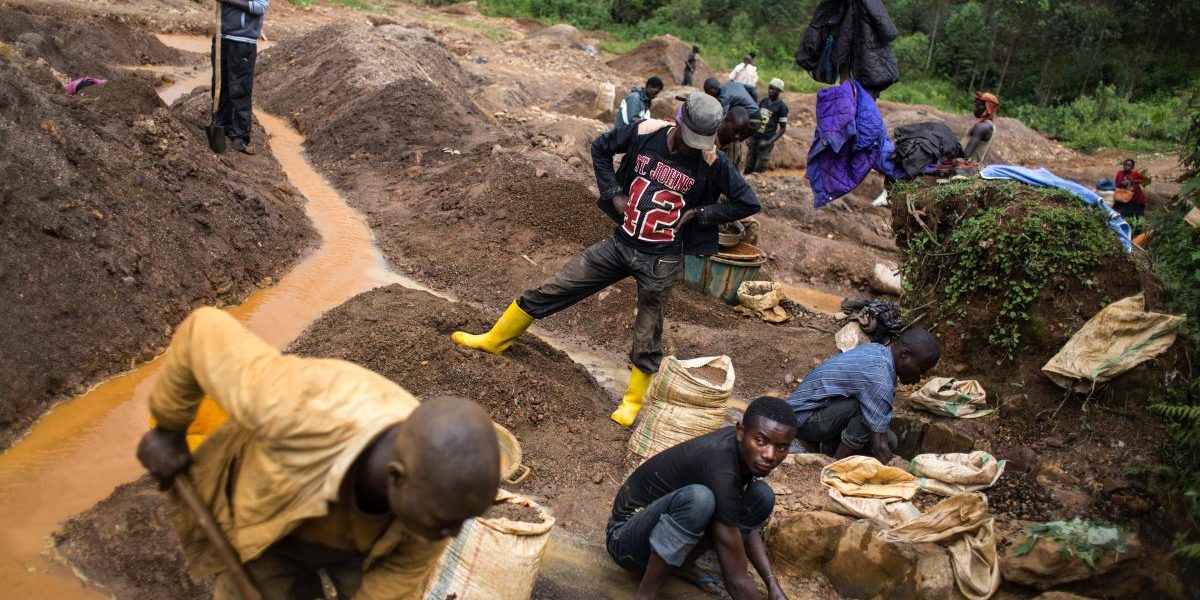Summary
- As a decentralised network, blockchains serve as a public digital ledger to record transactions without relying on financial institutions or third-party control. Specifically, the possibility of an immutable, or tamper-resistant, ledger has generated different applications for managing high-value assets, including minerals.
- While blockchain technology holds the potential to trace and track minerals from point of extraction to the end consumer, the technology alone does not guarantee socially and environmentally responsible practices along the supply chain.
- To deliver on the promise of responsibly produced and traded minerals, blockchain technology must be combined with due diligence practices. Authorised parties should carry out risk assessments, mitigation and remediation actions along all nodes of the supply chain, as well as verifying data quality collected and stored on blockchains.
- Blockchain-enabled initiatives should ensure full transparency on data collected, including information pertaining to mining sites, companies responsible for cutting and polishing diamonds, price, provenance, and ownership history. Self-sovereign data would also help provide solutions that allow for interoperability between private blockchains, for open communication across the digital ecosystem and to remedy informational asymmetries among participants in the supply chain.
- Alongside quantifiable data most directly useful for supply chain management and mineral traceability, blockchain and DLT promoters should design protocols that are accessible to and inclusive of upstream actors, in particular artisanal and small-scale mining communities.








